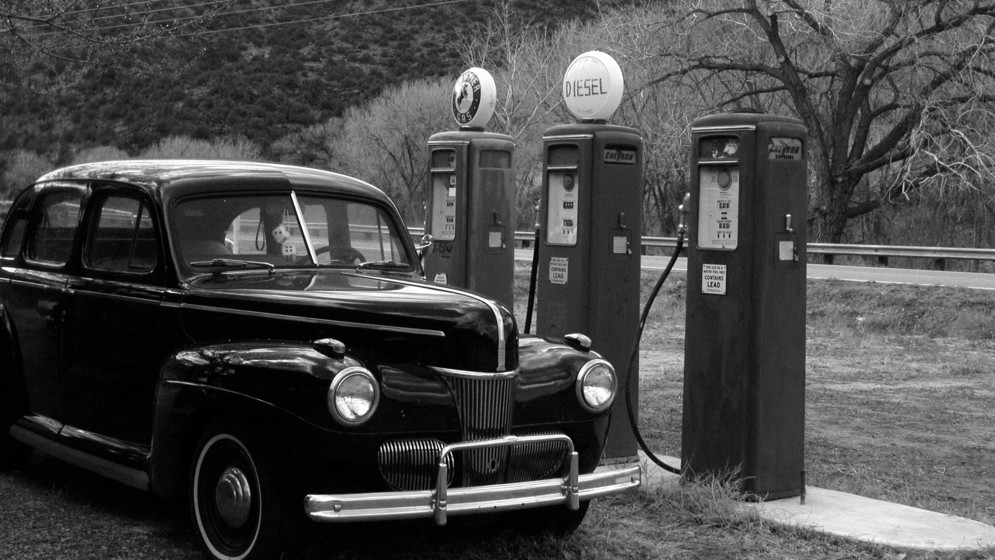
Get Paid to Share Your Expertise
Help shape the future of business through market research studies.
See Research StudiesIvy Exec’s Senior Resume Writer, Laura Hill shares more thoughts on using a PARs strategy (Problem-Action-Result strategy) to nail an interview…
PARs, as described in Part 1 of this post, are stories that describe Problems, Actions, and Results you’ve delivered for your employers. These concrete examples of how you solved problems at a prior job are compelling testimonials of your abilities. They make a memorable, positive impression on interviewers that can give you an edge in landing a job.
What kind of material is right for PARs? First, use specific examples of key accomplishments and other stories based on your elevator pitch and résumé bullets. Many behavioral questions target how you manage problems, stressful situations, changing or unanticipated environments (in essence, bad things), so be ready to deal with them. In general, think of relevant stories that show you in action—where you were effective, creative and resilient, rose to the occasion or saved the day.
Here are some sample PARs
1. Problem — Example
–One of the most difficult decisions I had to make as VP Information Technology was outsourcing our systems. A consulting firm had shown that it would save us a lot of money, but people were resistant —they feared system problems and job losses. To address my colleagues’ concerns and move the project forward, I did three things:
2. Actions — Examples
—I developed a plan that called for the outsourcing firm to initially employ all of our existing staff for the first six months and to provide appropriate severance packages to employees who subsequently lost their jobs.
—My plan addressed service concerns by defining service levels, including response times for system outages and penalties for falling short.
—I convinced my key staffers that this move was critical to keeping our company globally competitive—that if we didn’t take this step we’d all lose our jobs anyway!
3. Results — Examples
—I made the decision to move forward and was unpopular while the transition was underway. By the second year, however, not only were we seeing costs go down but our systems performed better. Looking back, it was one of the best business decisions I’ve made.
—Opportunity: When I was promoted to product manager for the XYZ line, it was making money but wasn’t growing. It was considered mature—a “cash cow.” But I believed there was still growth potential, and set out to find it. Actions: First, I traveled to 10 different markets, five outside the U.S. (ever been to Singapore in August?); met with our regional sales managers, distributors and retailers. Wore out a pair of shoes walking the aisles of dozens of stores that sold our products, to get input directly from sales clerks and customers. I came back with a lot of information— why people like the XYZ products, how they use them, why they like our competitors’ products. Then I created a task force with people from R&D, strategy, and marketing; got them jazzed about the possibilities. After poring over the market intelligence and brainstorming for weeks, we selected 10 ideas to pursue. Eventually, we got funding to develop a new product model with extra bells and whistles that didn’t cost much to produce, but that customers wanted enough to pay a premium. Results: In our first year we sold $12 million of the enhanced product without cannibalizing legacy revenues. We now project that the XYZ line will grow 15% next year, with profit margins improving.
Don’t limit the use of PARs just for responding to questions. Selectively go on the offensive. Borrow a classic media technique: “Bridge” the discussion into the stories that best communicate how you can apply the lessons you’ve learned. And remember that you can also use the PARs template as a comfortable way to organize your thinking on questions for which you may be unprepared. It will give you a way to crisply express your answer. Recent articles in the business press—quoting CEO’s and executive recruiters alike—continue to verify how much they value candidates’ anecdotes in revealing the capacity, energy and integrity needed for growth and success. As a piece by one major search firm puts it, “Telling a good story and painting pictures by taking [interviewers] through a variety of personal and professional situations, rather than simply ‘giving the right answer,’ will make a stronger impact.”
Today’s interview environment is intimidating, but it gives the well-prepared candidate an opportunity to shine. Unleashing the power of PARs will really pay off. The preparation to make that happen depends on you.

 Laura Hill
Laura Hill